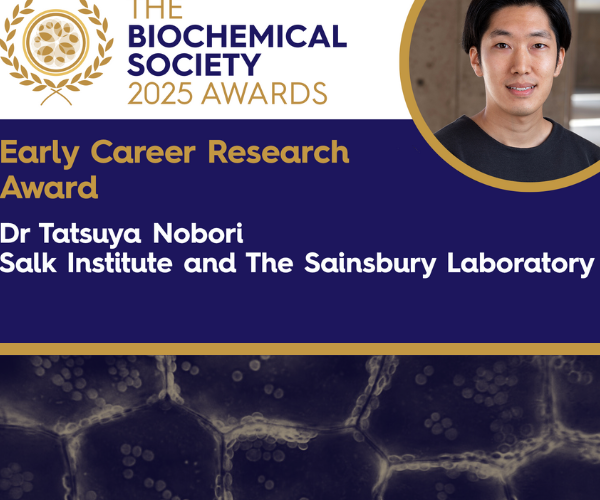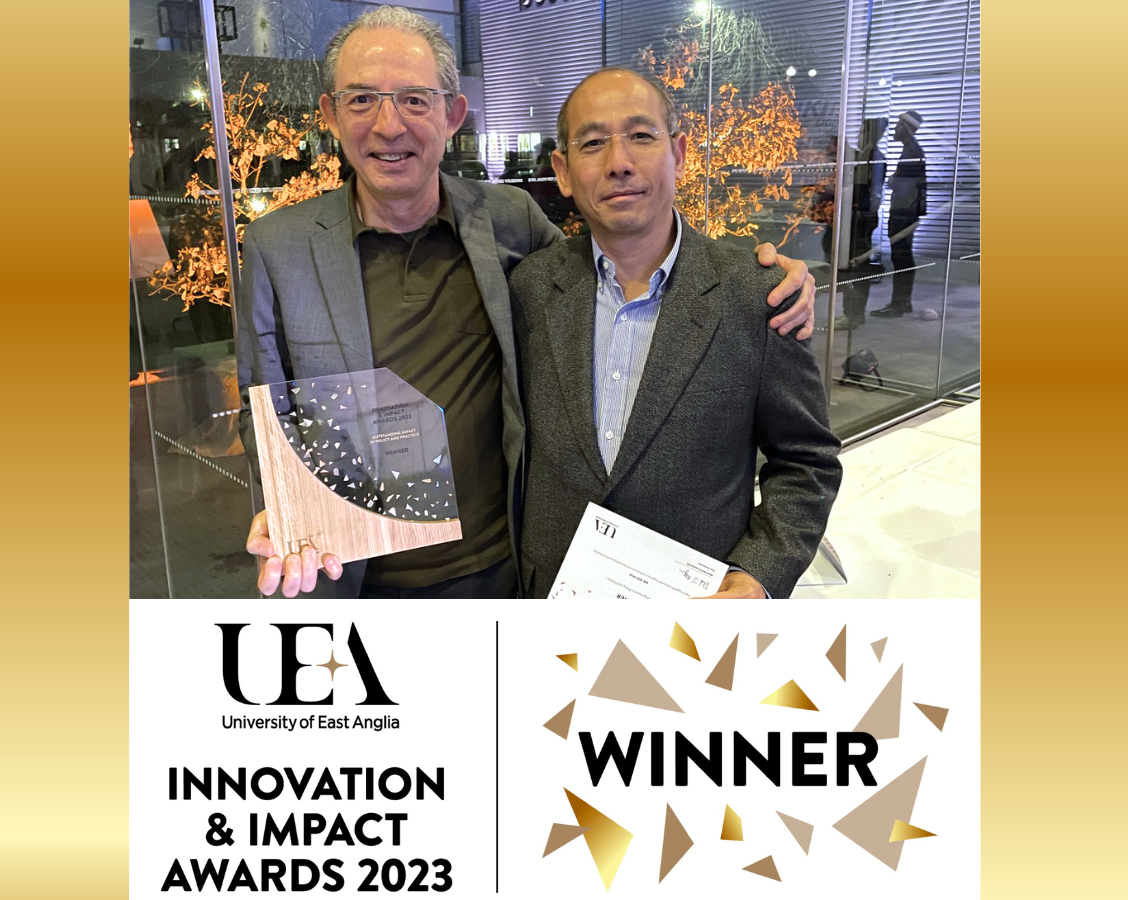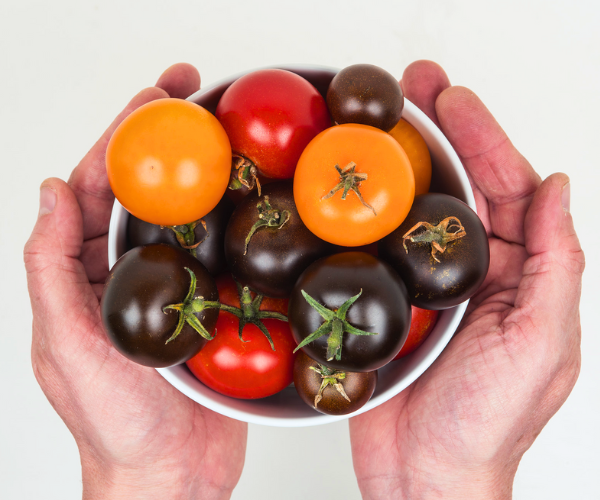Professor Jonathan Jones wins €2.5M ERC grant for plant immune receptor research

Professor Jonathan Jones has won a €2.5M Advanced Investigator grant from the European Research Council for a five year project “ImmunityByPairDesign” studying plant immune receptor complexes with a view to engineering new ones.
Immune receptor complexes are the sensors which trigger the plant’s alarm and set off an immune response once they have detected molecules that pathogens release. Understanding how they detect traces of a pathogen might create the possibility of adapting them to sense virtually any pathogen. This could revolutionise plant immunity and disease control methods in the field.
The first stage is to understand the design principles of the receptor complexes. In some receptors, two proteins work as a pair to detect a pathogen and then activate defence. Previous research shows that both are essential to sense a pathogen, but the design principles by which they work together and the details of their shape and structure are not yet known.
Professor Jones’ ERC funded work will address this to work towards the possibility of building and adapting new receptors to expand a plant’s repertoire of recognition capacities.
This research builds on work from Professor Jones’ group published in Cell earlier this year showing that the receptors have integrated decoy regions which detect pathogens.
Professor Jones said: “We still understand far too little about the mechanisms by which this class of intracellular receptors, which are very diverse and abundant in plants, convert recognition of molecules from disease-causing organisms into activation of defence. We are using similar receptors in our work to enhance disease resistance in potatoes. We hope to determine the design principles of a specific receptor, and use this knowledge to design new recognition capacities for that receptor.As the great American physicist Richard Feynman remarked, ‘what I cannot engineer I do not understand’. We want to understand these receptors well enough to engineer them.”


